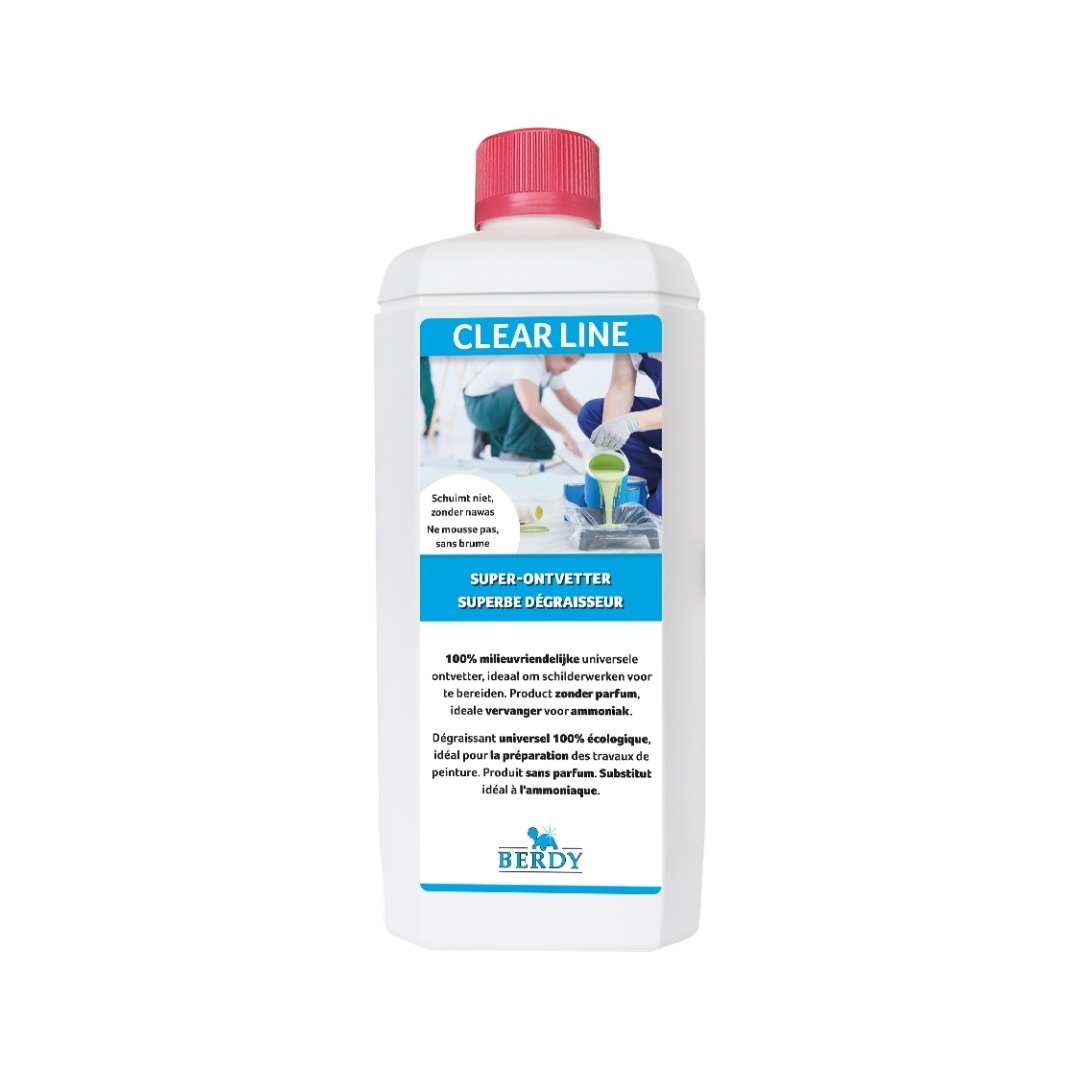Painting your aluminium windows indoors
Step 1: preparation
- Cover the area with tape and masking film.
- Clean and degrease the windows.
- Lightly sand and dust them.
Before you start, cover the edges of the window and surrounding walls with painter's tape. This will prevent the paint from getting where you don't want it. If necessary, also use cardboard to protect the floor and masking film to shield the window sill.
Next, it's cleaning time! Aluminium window frames can be cleaned with water and detergent. If you use detergent, rinse well again with water to avoid residues.
Lightly sand the windows with fine sandpaper. This will make the primer and paint adhere better. Make sure you sand evenly and do not skip any spots.
After sanding, it's important to dust the surface. Use a dusting brush or a cloth to remove all dust. This will prevent unevenness in the paint layer.

Step 2: apply multiprimer
- Use a paint brush and a paint roller.
- Apply one coat of adhesive primer.
- Let the primer dry sufficiently.
For an aluminium window frame, you need a special water-based adhesion primer, also known as multiprimer. This is a special primer that ensures the paint adheres well to a surface that's not made of wood and has not been painted before.
If you want to paint over a paint layer that is still intact on your aluminium windows, you obviously don't need that special primer. In that case, you can start the finishing coat directly after cleaning.
Apply the adhesive primer with a paintbrush along the edges, and with a paint roller to roll the paint over the straight areas. You only need one coat of this to give your windows a protective primer.
Be sure to let the primer dry completely. Follow the drying times indicated on the paint pot and in the technical data sheet. Make sure the primer is completely dry before moving on to the next step.

Step 3: lacquer
- Apply one to two coats of lacquer.
- Remove the tape afterwards.
Now that the primer is dry, you can apply one coat of lacquer. For indoors, use a water-based lacquer. With most indoor paints, you can choose a matt, silk gloss or high gloss finish. The choice depends mainly on your personal preference.
Apply the paint evenly to the window frame, again with a brush and roller. It's best to roll the paint out along the length of the window profile. Again, it's important to let the paint dry sufficiently.
With aluminium interior windows, you could in fact stop after just one coat. However, we - and a lot of paint manufacturers - do recommend a second coat. The extra layer will ensure that your paintwork can withstand scratches better and longer. That means a little extra work, for a much more durable result!
Finally, remove the masking tape if you've used it. Now your paint job is done and your aluminium windows will look like new again!

Find the right paint for your aluminium windows
Want to start right away, but don't know what products you need? In our step-by-step plan, you can find links to all paints and supplies. So you can find everything you need to paint your windows beautifully in each step. Below you'll also find a list of all the products.
Want to explore all the options yourself? Then you can find extensive info in our paint guide. Including professional recommendations for those who want top-class paintwork.
If you already know what you are looking for, you can browse through our paint for doors and windows category.
Ready to start painting?
In these video's by Levis you can see a professional painter at work, painting aluminium windows indoors and outdoors.




















